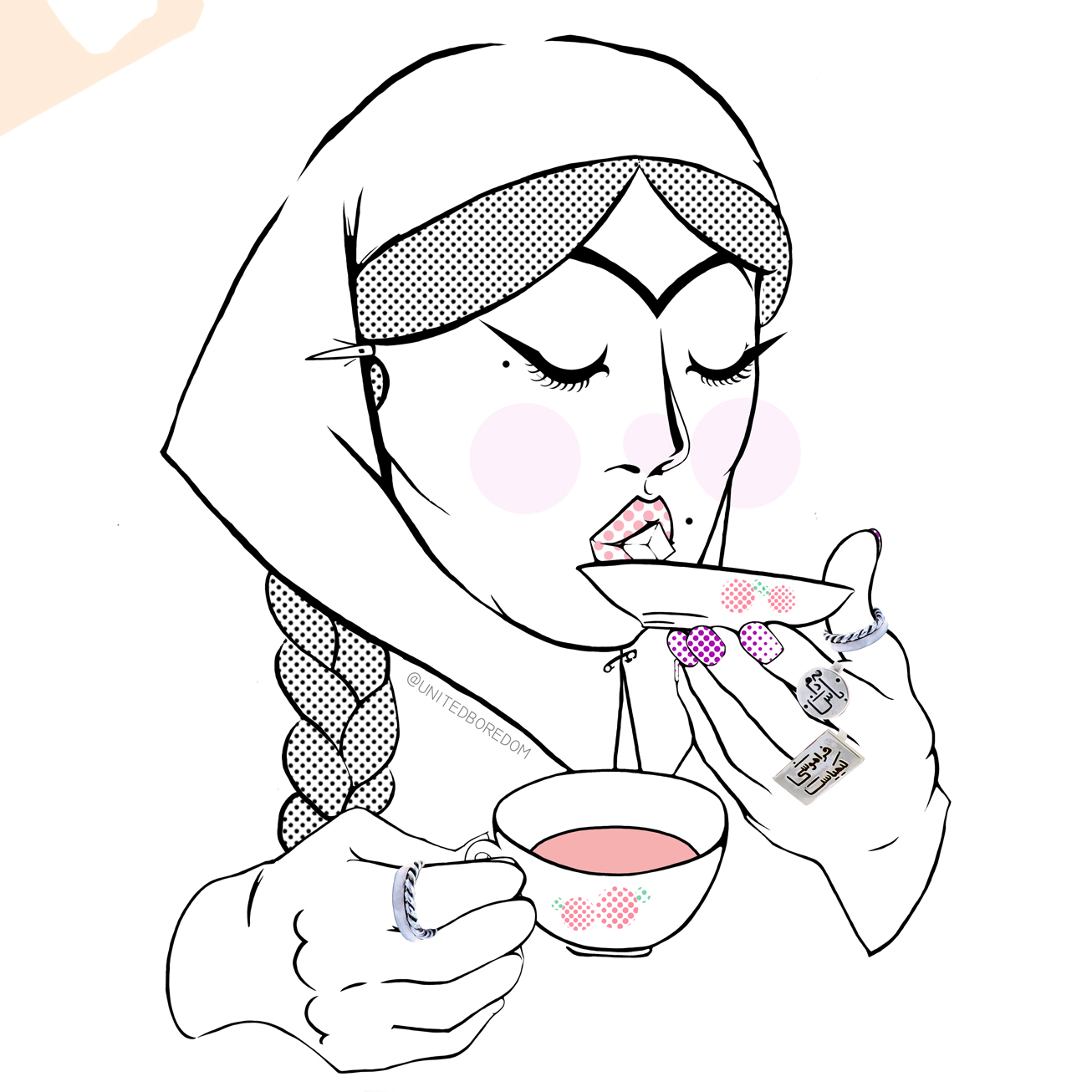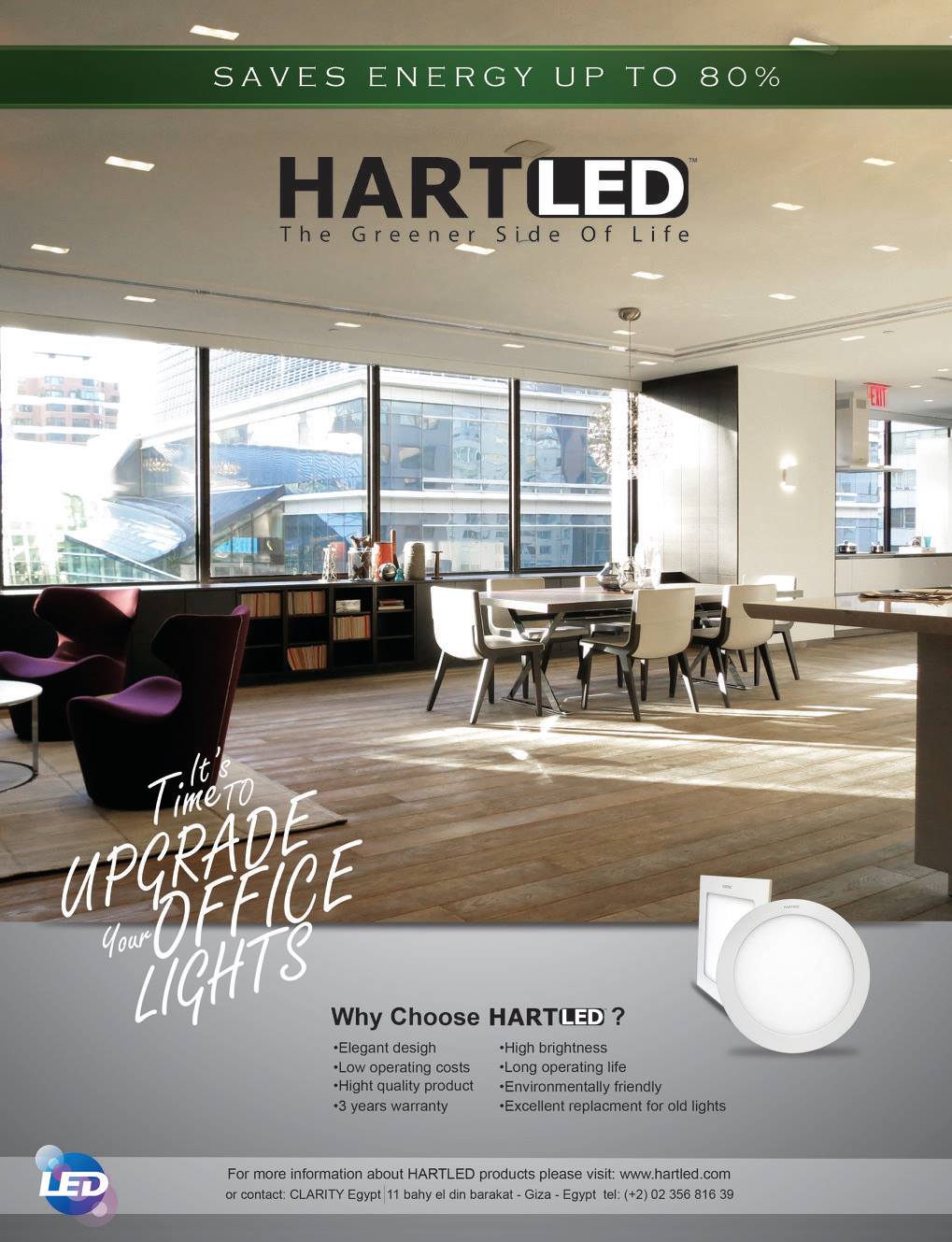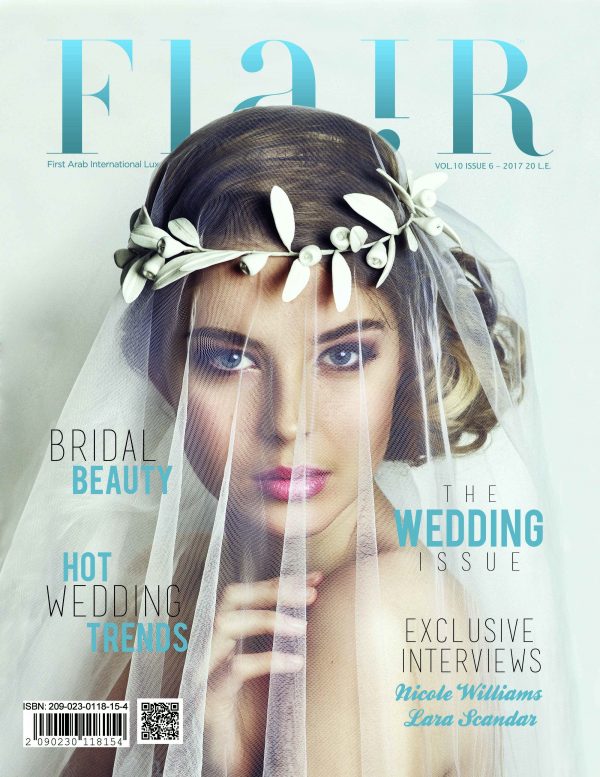To say that jewelry has a special place in every Persian’s life would be an understatement. Poetry, perfume, and precious bijouterie are part and parcel of the Persian experience weather in the heart of Tabriz, Tehran, Toronto, or Tehrangeles. In the summer of 2019, Sarah Masoudi, Shaya Akhbari and Saba Hosseini founded the brand In Dorj. The jewelry aficionados started as university students and design instructors before branching out and starting their own handmade jewelry brand. It was only a matter of time before the trio founded their own company—the connection and passion to their shared heritage runs deep. Even the name In Dorj has Persian roots coming from the infamous poet Hafez. In Farsi, Dorj means “treasure of jewelry” and the word “In” can be construed as the word “this” in Farsi or “in” functioning as “inside” in English. The perfect inspiration to carry the Persian spirit through their brand and into the lives of every person who wears their jewelry. Flair Magazine sat down with founder Sarah Masoudi to discover the world of In Dorj.
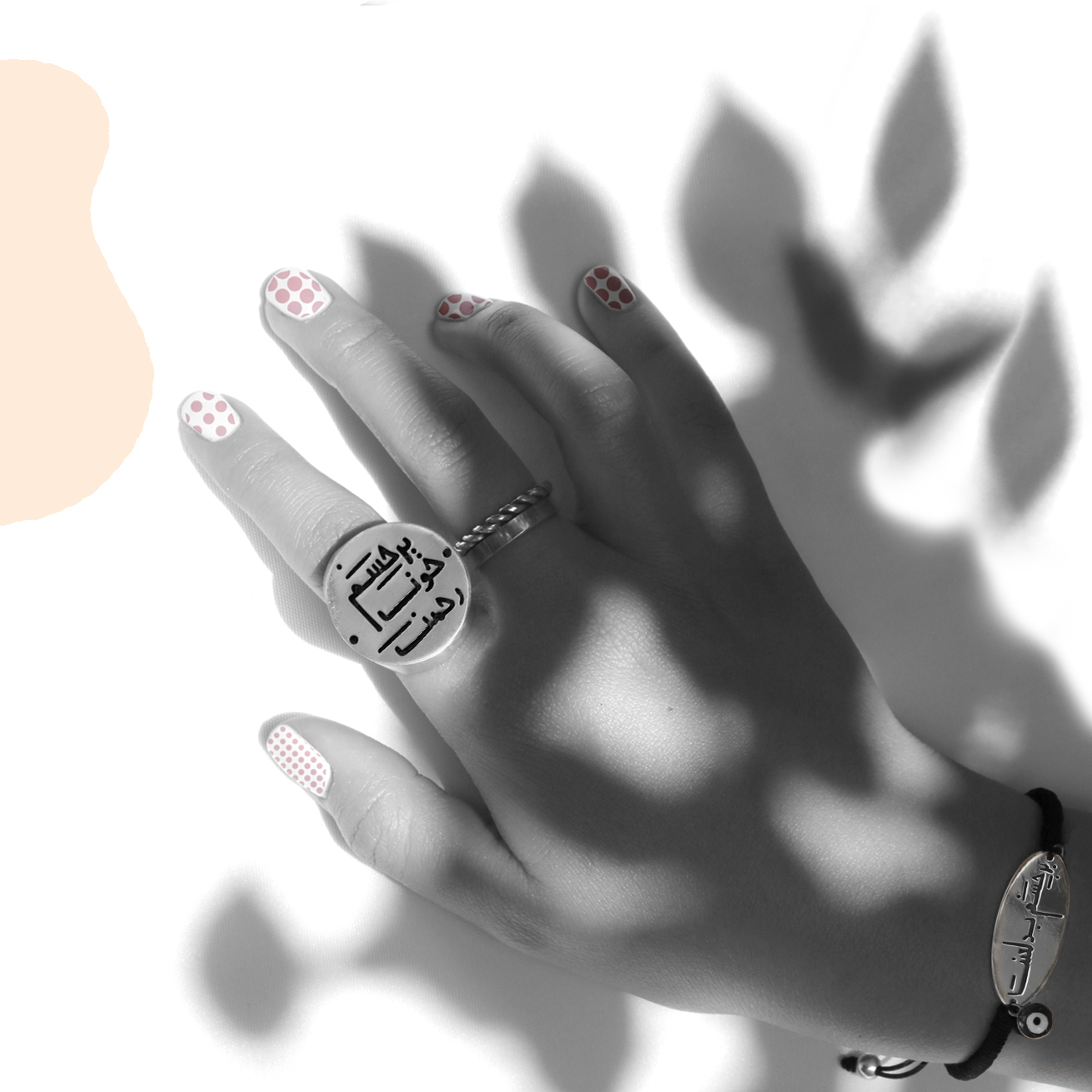
What is your favorite part of the creative process?
Our favorite part of the creative process as a team is when we get to see the design in their complete form, so basically the end of the process is our favorite. That is when we truly feel a sense of accomplishment and that is when we are in awe of the process because something that was just an idea in our minds, has become something that can be worn and appreciated by the client.
How do you get out of creative ruts?
My way of getting out of a creative rut is just by taking a break from my work, appreciating the moment I am in, and taking some time out for myself. I feel like whenever I let my mind roam free and just relax that is when I can really draw inspiration from the people and the environment around me. As a team, at the end of every month, we give ourselves a day of pampering at the spa as a job well done to keep our momentum going.
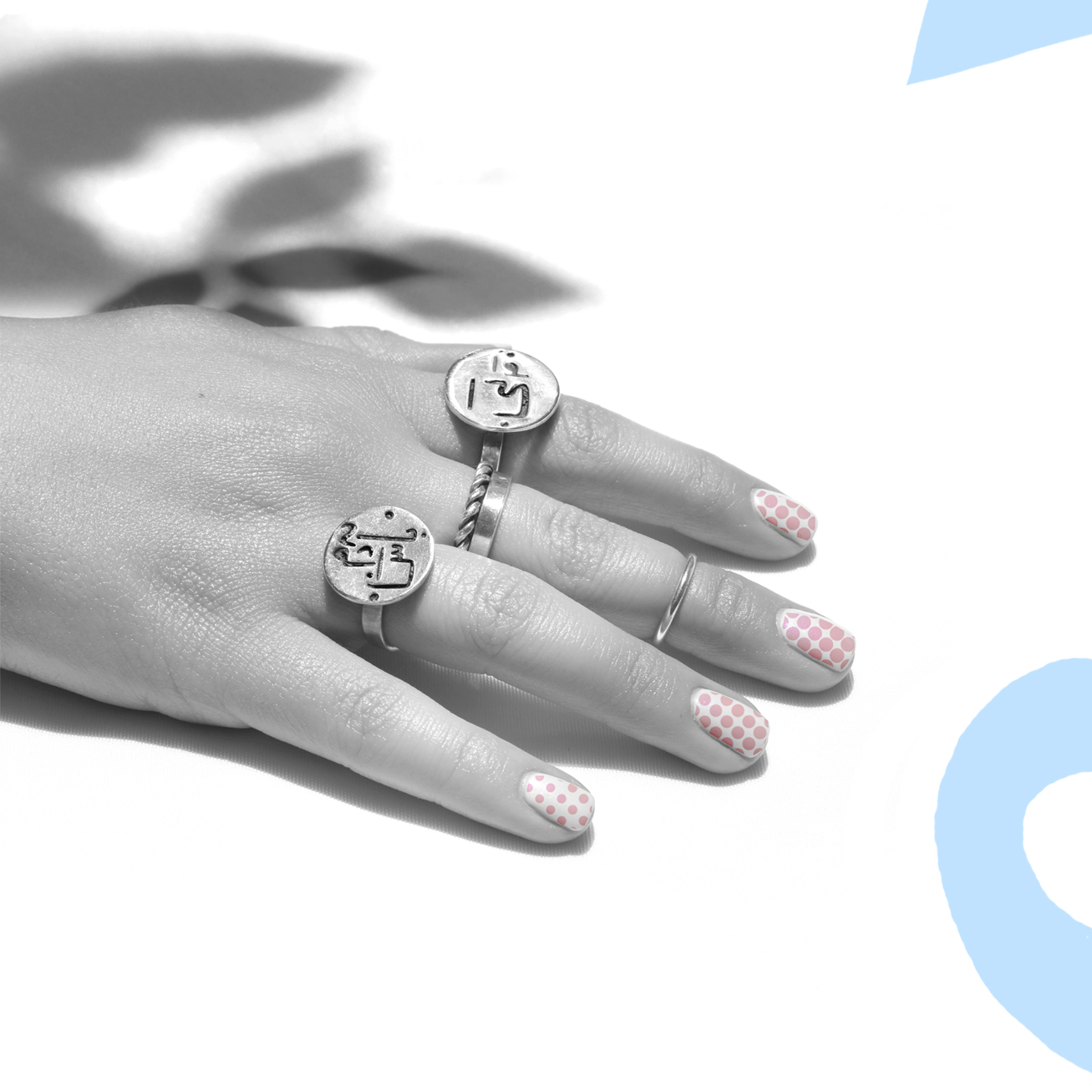
Tell us about your latest creations and what inspired them?
Our first collection is called “Gholak” which means piggybank in Farsi. The first Persian piggybanks were actually made from clay and we designed jewelry inspired from coins from different eras of Persian history. These coins have different sayings on them and their appearance is inspired by the appearance of the soldiers during the Sasanian and the Achaemenid empires, respectively. When we were kids, the coins we received were precious to us, so we would keep them in our piggybanks. Therefore, this collection is an homage to those days where we would be so excited by the coins we had saved up in our piggybanks.
Our second collection is called “Ghandil” which are really old-fashioned light fixtures that were used in Iran back in the day. This collection was actually inspired by these light fixtures and we tried to give the jewelry in this collection a modern twist so that this sense of nostalgia can resonate with our younger clientele as well as appeal to our older clients.
Our most recent collection is called “Neysan nevesht” and this collection was inspired by old blue Nissan junior trucks in Iran and most often they have all these different inspirational quotes or small sayings printed on the back of the trucks. These sayings for all intents and purposes can be seen as bumper stickers and represents the driver’s beliefs and can give a glimpse of who this person is as an individual. For this collection, we have used these small sayings and quotes and incorporated them into our pieces of jewelry. We did this in order to bring these seemingly insignificant symbols of our past into the forefront which was done in order to remind our modern society of the value-system we used to have in the past as this value system has become increasingly minute.
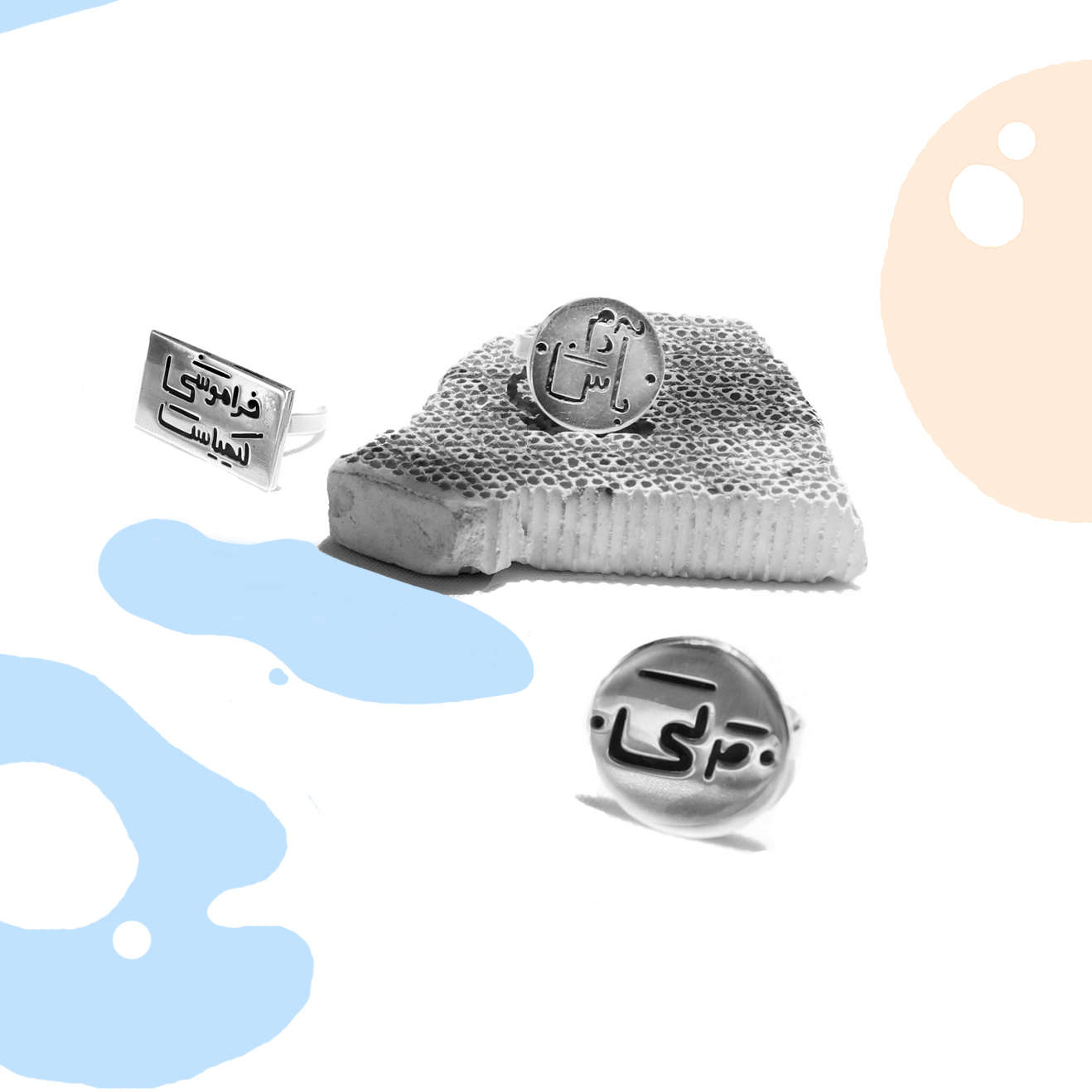
How has your Persian heritage influenced you as a designer and the aesthetic of your jewelry?
I think that our work is very heavily influenced by our Persian heritage. In every single one of our collections, the inspirations are drawn from our Persian history and different items that are so very uniquely Persian and that are not really at the forefront anymore. Our goal at the end of it is to draw from these older elements and give them a modern edge in order for the older elements of our history to have a place among the new generation.
What do you do when you aren’t creating beautiful jewelry?
When I’m not working on our jewelry collections for In Dorj, I usually spend my time studying for my architecture courses at university, and when I’m not studying, I spend my time teaching jewelry design.
